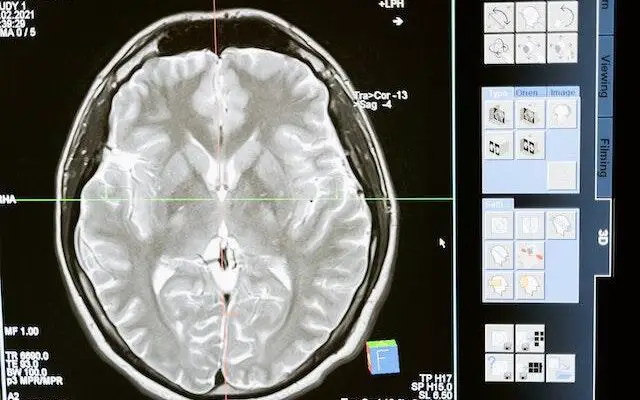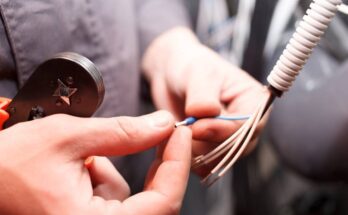White matter, a crucial component of the brain’s structure, plays an integral role in transmitting signals and facilitating communication between different regions of the brain. It consists of myelinated nerve fibers, which appear white due to the fatty substance that coats them. While white matter is known for its role in cognitive functions, recent research has also shed light on its significance in physical disabilities. In this comprehensive guide, you will delve into the nature of white matter, its functions, and how it intersects with physical disabilities.
Understanding White Matter: A Brief Overview
Nestled within the intricate architecture of the brain, white matter assumes a role of vital significance, complementing its gray matter counterpart, characterized by neuron cell bodies. This neural landscape is chiefly composed of axons, extended filament-like projections of nerve cells, cocooned in a safeguarding fatty layer termed myelin. The myelin sheath operates as a skillful insulator, facilitating the swift and effective passage of nerve signals along these axonal pathways. This remarkable signal efficiency not only fosters intercommunication among distinct brain regions but also lays the cornerstone for the seamless functionality of both cognitive processes and physical activities. This symphony of neural connectivity and transmission establishes the brain as the orchestrator of our intricate bodily motions and conscious cogitations.
The Role of White Matter in Cognitive and Motor Functions
White matter’s influence extends beyond cognitive functions; it holds equal importance in motor functions. Within the brain, white matter establishes intricate connections among various regions tasked with coordinating movements, upholding balance, and executing fine as well as gross motor skills. Any damage or irregularities affecting these white matter pathways can give rise to a spectrum of physical disabilities. Such conditions may encompass not only muscle weakness, loss of coordination, and impaired motor skills, but also challenges in posture control and spatial awareness.
White Matter and Physical Disabilities: The Connection
In the realm of scientific progress, recent strides have accentuated the significant role of white matter in influencing physical disabilities. Conditions like cerebral palsy, multiple sclerosis, and traumatic brain injuries frequently entail impairments to white matter pathways. These impairments, in turn, create disruptions in the seamless communication that should transpire between the brain and diverse body parts. The consequence is an extensive spectrum of physical hurdles encountered by individuals grappling with these particular health conditions. These challenges encompass not only the previously mentioned motor difficulties, but can also encompass sensory issues, compromised reflexes, and hindered spatial perception, collectively contributing to the complexity of physical disabilities.
How to Repair White Matter in the Brain
The question of “how to repair white matter in the brain” is a complex one. As of now, there is no direct method to regenerate white matter fibers or repair the myelin sheath that coats them. However, researchers are actively exploring various strategies to promote white matter health and recovery. One approach is neurorehabilitation, which involves physical therapy, occupational therapy, and other targeted exercises to encourage the brain to adapt and rewire itself. Neurorehabilitation can help patients regain lost functions by creating alternative pathways for nerve signals.
Furthermore, there is ongoing research into the use of neuroprotective substances and therapies that might aid in preserving existing white matter and preventing further damage. Stem cell therapy, for instance, holds promise in promoting the regeneration of damaged white matter, although this field is still in its experimental stages.
Insights and Takeaways
White matter, often overshadowed by its more attention-grabbing counterpart, gray matter, plays an essential role, not only in cognitive functions but also in physical abilities. Its role in facilitating communication between different brain regions is vital for motor functions, balance, and coordination. The connection between white matter and physical disabilities underscores the need for continued research and innovation in the field of neurology. While repairing the white matter in the brain remains a challenge, advancements in neurorehabilitation and regenerative medicine offer hope for individuals with physical disabilities. As researchers delve deeper into understanding the complexities of white matter, they inch closer to unlocking the secrets of neuroplasticity and enhancing the quality of life for those facing physical challenges.



